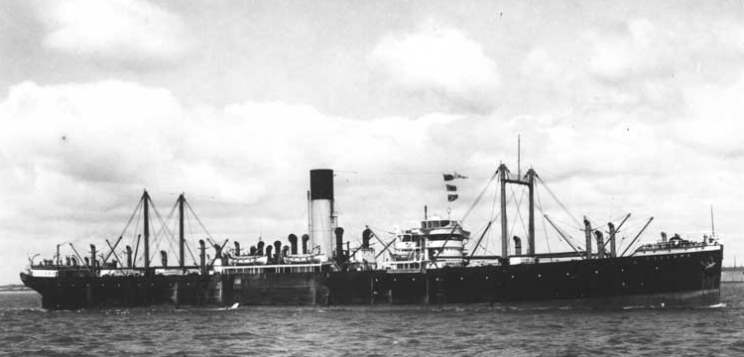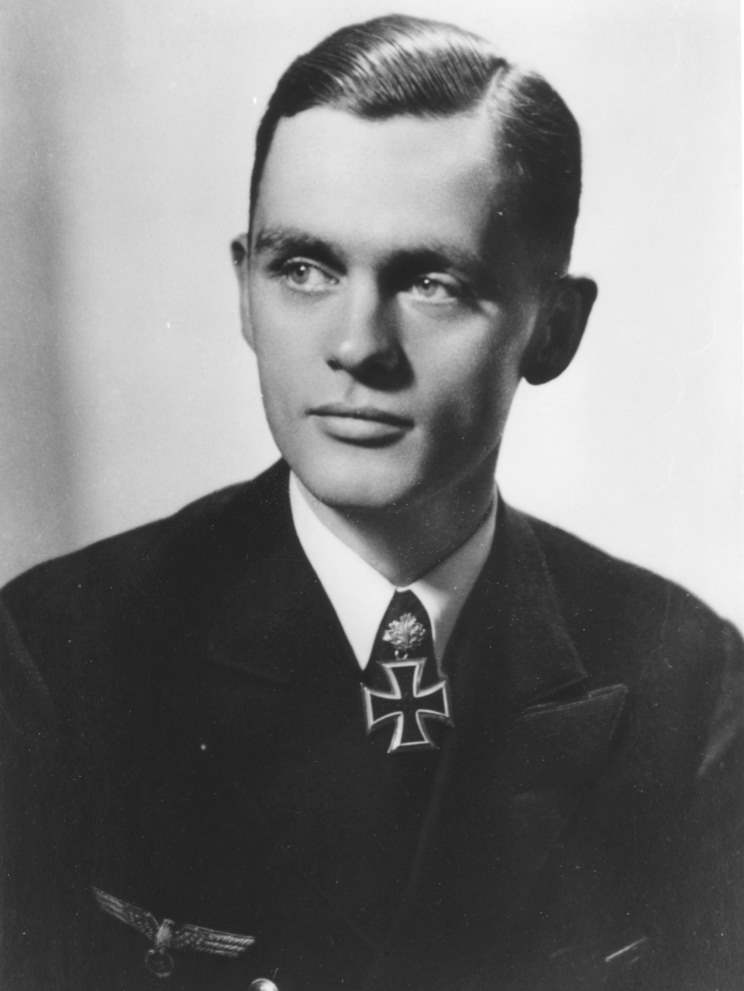|
In January of 1942 German U-boats were, for the first time, about to engage ships off the coast of the U.S.A., having found that attacking ships near England and in the mid-Atlantic was becoming very dangerous business. Operation Drumbeat, the first U-boat offensive against the U.S.A. was about to begin. The British and American commands were in close contact, and the Americans were informed by the British that a number of U-boats were en route to the U.S. coast, but nothing was done in preparation for the attacks which should have been expected. While several boats were en route, U-123, was directed by Dönitz to attack a damaged Greek freighter. His signal to the U-boat commander, Kapitänleutnant Reinhard Hardegen, was intercepted by Bletchley Park and the Canadian command was informed that the ship, Dimitrios Inglessis, was going to be attacked by a U-boat, but when Hardegen found the ship she was under the protection of a pair of destroyers. Hardegen decided not to attack and continued on his voyage to the U.S. On January 11, 1942 (Jan. 12 German time) lookouts on U-123 sighted a steamer about 125 miles off Nova Scotia, as they drew closer they could see she was a freighter of the Blue Funnel Line, it was in fact the Cyclops. She had been built in 1906 by D&W Henderson in Glasgow and owned by Alfred Holt & Company since she was built. During the Great War she was attacked twice by the Kaiser's U-boats, but both attacks failed. Hitler's U-boat men would now take their turn at sinking the ship. He stalked the Cyclops until he got into a favorable position and then he sent a torpedo into her starboard side causing great damage to the ship. Her master, Leslie W. Kersley, ordered the ship abandoned as her radio operator sent out distress signals. On board were more than 70 Chinese nationals, who were being brought to the U.K. to crew British merchant ships, more than half of them perished. The ninety-five survivors, including captain Kersley, were picked up by HMCS Red Deer J-225 and landed at Halifax, tragically eighty-seven men were lost in the sinking. Hardegen made his way to the other side of the ship and fired a second torpedo, this caused her to break in half and sink. Hardegen had scored the first success of any of the Drumbeat boats. This is often sighted as the first ship sunk during Paukenschlag "Drumbeat" however the "official" start date was Jan. 13 and it was understood that commanders could attack ships while en route to their operational areas providing they were over 10,000 tons. The first ship sunk after the official start date was SS Frisco, sunk by Korvettenkapitän Ernst Kals in U-130 on late on Jan. 12 (Jan. 13 German time.) Hardegen continued on to his patrol area and sank nine ships for a total of over 50,000 tons, on Jan. 23 he was notified by radio signal that the Führer had awarded him the Ritterkreuz. He was awarded the Oak Leaves to his Ritterkreuz during his second patrol to the U.S.A. |
© 2012 Michael W. Pocock MaritimeQuest.com |
 |
SS Cyclops, date and location unknown. |
 |
Official photo of Kapitänleutnant Reinhard Hardegen wearing the Ritterkreuz. |